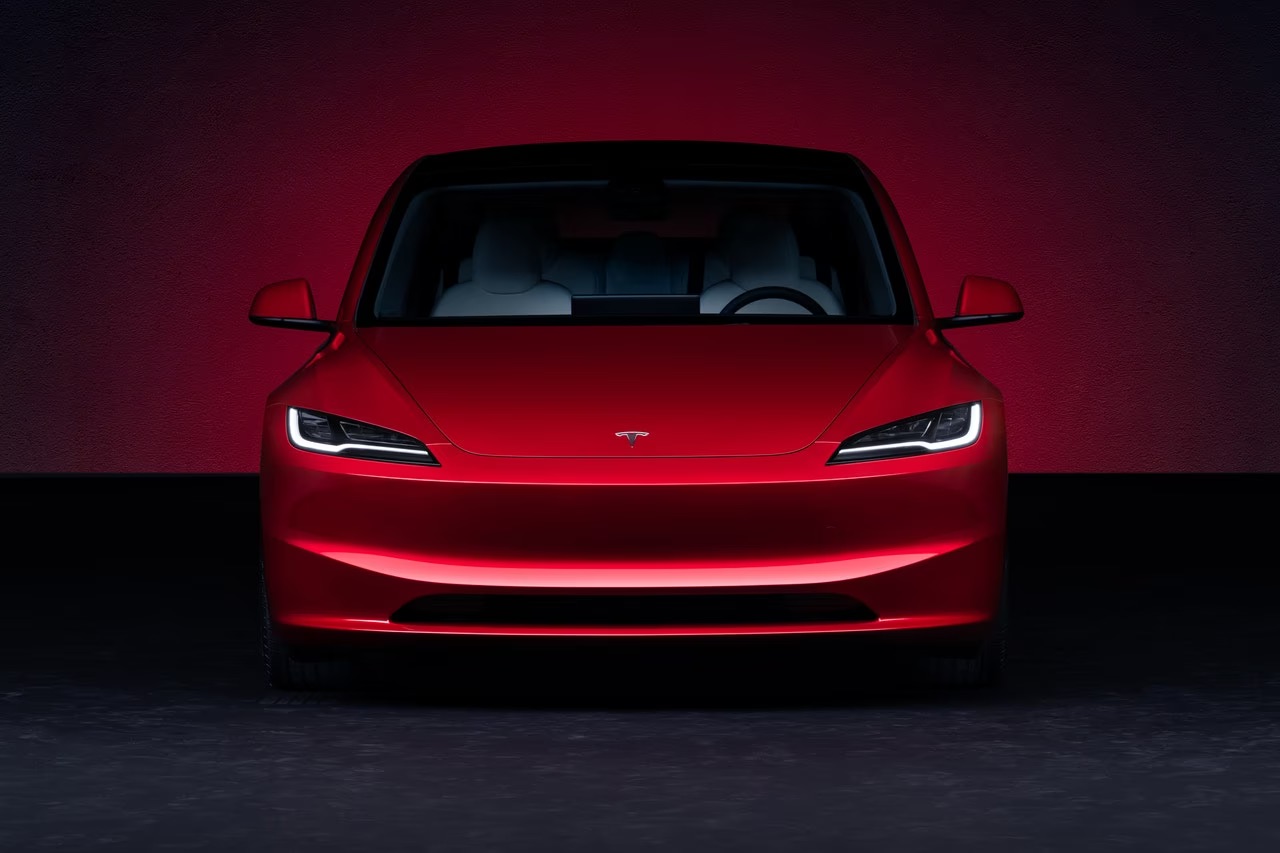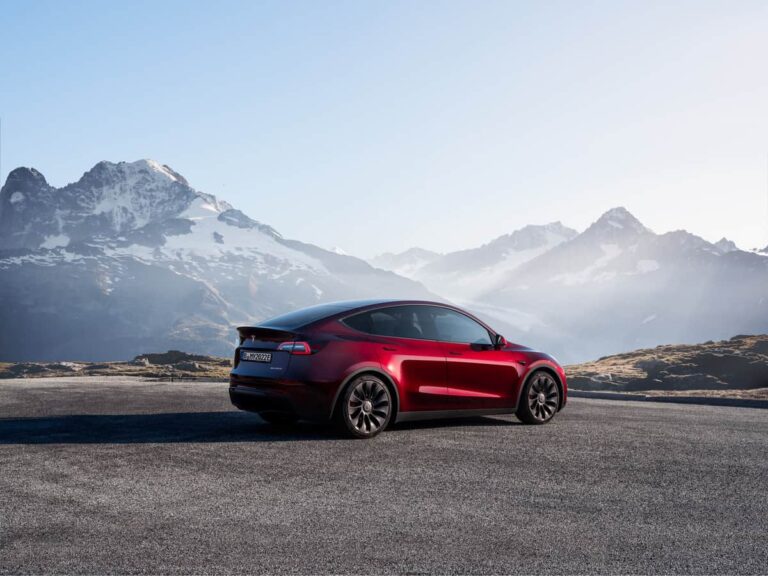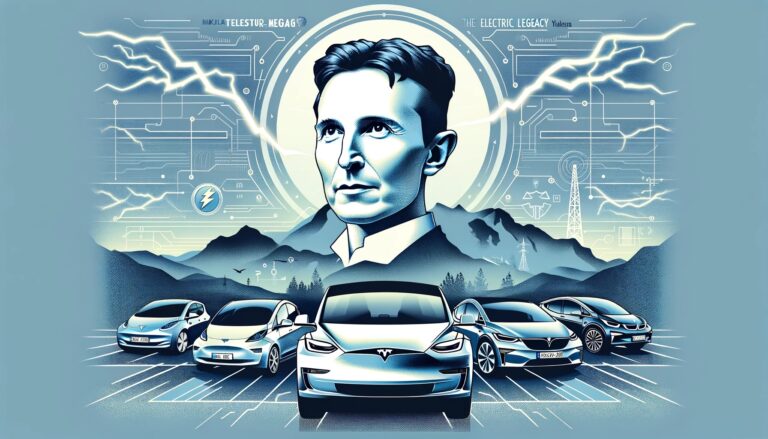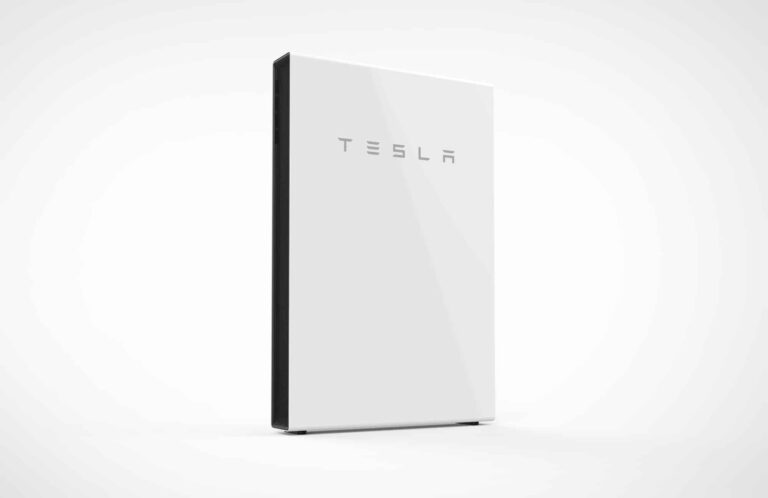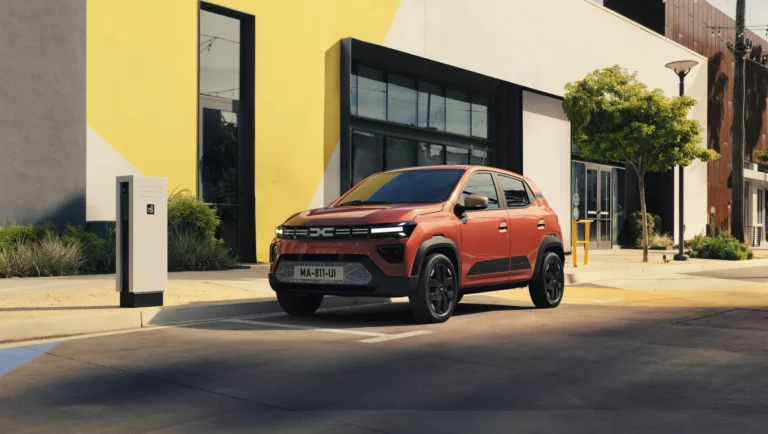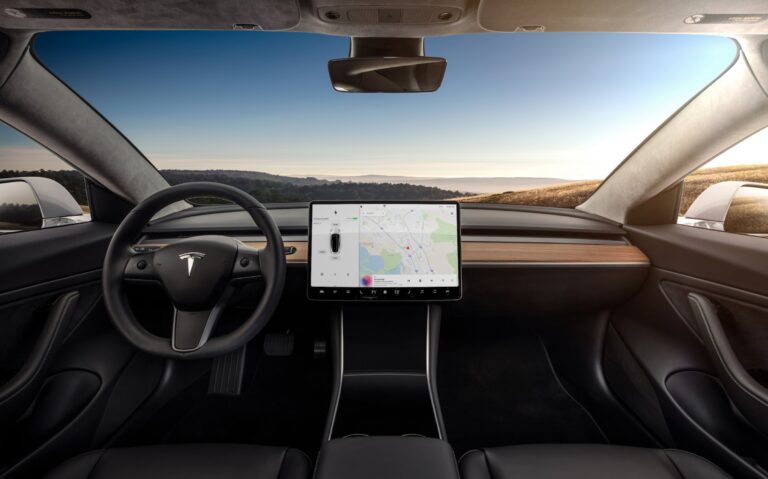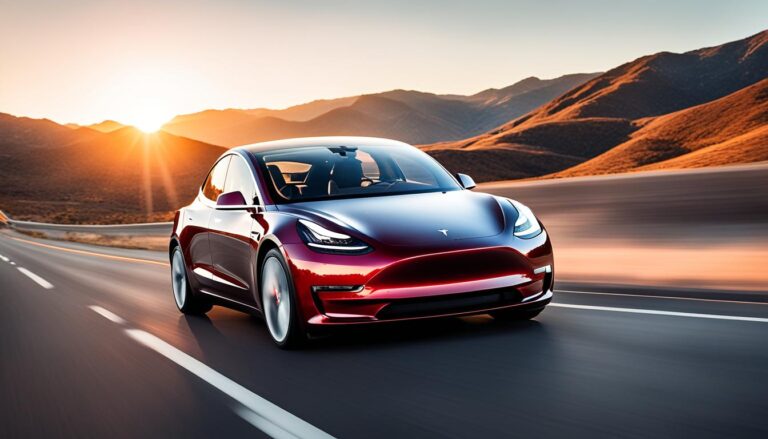Why buy the Tesla Model 3 in April 2024?
In April 2024, purchasing a Tesla Model 3 for €42,990 in France represents a real dilemma for me, Marc, a potential buyer passionate about new technologies and concerned about my environmental impact. I have long dreamed of joining the circle of electric vehicle owners, and the Model Y, with its reputation and performance, is the ideal contender. However, this potential purchase is not without triggering a whirlwind of thoughts in me.
Request a quote to buy your Tesla Model 3
What are the advantages of the Tesla Model 3?
- Performance and efficiency: The Model 3 offers impressive acceleration and smooth driving, thanks to its electric propulsion system. It’s also efficient in terms of power consumption, with excellent battery life that makes it practical for both daily commutes and longer trips.
- Advanced technology: Featuring Tesla’s latest infotainment system, a minimalist dashboard dominated by a central touchscreen, and Autopilot (driving assistance system), the Model 3 is at the cutting edge of technology automobile.
- Reduced environmental impact: As an electric vehicle, Model 3 produces no greenhouse gas emissions while in motion, making it a greener choice compared to cars with internal combustion engines.
- Reduced operating costs: The absence of an internal combustion engine reduces typical maintenance costs (like oil changes). Additionally, electricity is generally less expensive than gasoline, which lowers operating costs.
- Design and comfort: The Model 3 benefits from a spacious and minimalist interior design, providing high-level comfort for passengers. Its exterior design is both elegant and functional, with excellent aerodynamics.
What are the disadvantages of the Tesla Model 3?
- High initial price: Although the total cost of ownership may be lower than comparable gasoline vehicles in the long run, the initial purchase price of the Model 3 may be prohibitive for some buyers.
- Availability and cost of charging stations: Although Tesla’s Supercharger network is expanding, finding a charging station outside of major urban areas can sometimes be a challenge. Additionally, installing a home charger may be an additional cost.
- Cooldown: Charging a Tesla Model 3, especially from a standard household outlet, can take much longer than filling a tank of gas, which can be an inconvenience for users on the go.
- Limited storage space: Despite a spacious interior design, the Model 3’s storage space is less generous compared to some competitors, in part because of its sedan design.
- Touchscreen Addiction: Almost all of the car’s functions are controlled via the central touchscreen, which can be distracting for the driver and difficult to use for some users.
With the purchase price updated to €42,990 for the Tesla Model 3here is the revised cost comparison table for a Tesla Model 3 compared to an equivalent thermal vehicle over a period of 5 years:
| Cost Item | Electric Vehicle (Tesla Model 3) | Equivalent Thermal Vehicle |
|---|---|---|
| Purchase price | €42,990 | €35,000 |
| Subsidies | -€6,000 (estimate)* | €0 |
| Energy/Fuel (5 years) | €2,500 (estimate)** | €8,000 (estimate)*** |
| Maintenance (5 years) | €1,000 (estimate) | €4,000 (estimate) |
| Insurance (5 years) | €6,000 (estimate) | €6,000 (estimate) |
| Total over 5 years | €46,490 | €53,000 |
| Monthly Cost over 5 years | €774.83 | €883.33 |
Tesla Mag’s opinion
Let’s imagine that I am about to take an important step: the purchase of a Tesla Model 3. It is a dream that I have cherished for years, fascinated by the innovation and the ecological commitment that embodies You’re here. But just when I’m ready to take the plunge, I learn that a new model might be announced soon. This puts me in a delicate situation, a dilemma between immediate desire and the potential expectation of improvement.
On the one hand, I feel impatience. For months, I’ve been imagining myself behind the wheel of my own Tesla, enjoying its quiet, smooth ride, heart-beating acceleration, and access to the Supercharger network that makes long-distance travel easier. Buying the current model would instantly satisfy this desire, this need to contribute to a more sustainable future, while benefiting from current financial advantages, such as available subsidies and potential more favorable price negotiation before the announcement of a new model. .
However, I am also someone who likes to know that my investment is sustainable, that I will not miss a major innovation or a significant improvement in autonomy or performance that could arrive with the new model. The thought of owning a car that will soon be outdated leaves me with a pang of anticipatory regret. I can already imagine the discussions with friends or family, where I would have to justify why I didn’t wait a little longer, to get the latest model, more efficient and perhaps even with fascinating new features.
The decision is not simply financial; it is deeply personal. It concerns my vision of myself as a consumer and citizen of the planet. Buying now means embracing the moment, responding to an immediate need for sustainable mobility and perhaps benefiting from short-term economic advantages. To wait, on the other hand, is to bet on the future, on technological evolution and the promise of an even more enriching experience.
Ultimately, this decision leads me to reflect on what matters more to me: immediate satisfaction and the certainty of acting now, or patience and anticipation of a future that might offer something better. It’s an inner struggle between the desire for immediate gratification and the wisdom of waiting, a story that goes far beyond buying a car to touch on questions of values, identity and hope in what tomorrow may bring.
